Mask spraying of Dinky Toys. How did they do it.
Incomprehensibly little information can be found about the mask spraying, while there is hardly any Dinky Toys model on which the mask spraying was not applied to embellish the model. A lot of information has been written about the technical production of Dinky Toys models, but almost nothing about the technique of mask spraying of the model. I'm trying to dig up some information and bring it here, so it doesn't get spread over all kinds of topics and can't be found anymore.
There are pictures of the mask spraying, but there is often little explanation. Richardson says on page 260 of the GB of DT about mask spraying among others:
“Flashes, radiators, lamps etc are sprayed with hand guns through masks that cover all the part that is not to receive the second colour, in a booth with extraction to remove fumes and unused spray.” And ... “Problems occurred on masking for two toning when the color scheme had originally been intended to be single tone because of the absence of casting lines to assist the positioning of the spray mask. The soft brass or copper masks had to be fettled and titivated frequently. This led to variations in the color split, notably round the windscreen opening, eg. 175 Hillman Minx.”
He names the material of the mask as being made of brass or copper. That's information I haven't come across anywhere else. There may have been articles written about it that I am not familiar with.
I found pictures of the mask spraying of the 29e Single Deck Bus on Vectis and 29c Double Decker Bus on Planetdiecast and DTCA that I show here and try to (let) explain. 2 different ways of mask spraying are shown. TMT website is unfortunately closed.
Photo 1: In itself it is very interesting what can be seen in this photo. At the lady on the table, 29e Single Deck buses are waiting, apparently to receive the side flash. On the assembly line are Single Deck Buses that have already received a flash. There are also already processed 30h Daimler Ambulances and 27f Estate Cars. In the background is a rolling device. Does anyone know what it was used for?
The lady is pointing the spray gun at an angle to the mask. As you can see there is an external bulge and shape lines in the mask, while there is a fairly small hole in that shape to the right. What would that bulge on the left be for? The mask with the bulge and hole is a loose small plate that is separately riveted to another plate. Immediately below the small mask, rivets are also visible to fasten anything. Given the shape of this small mask, it seems quite plausible to me that it is made of copper (as Richardson says). Shapes are easy to make in copper. But, how can a flash be sprayed all over the side of the bus through such a small hole without spraying the rest of the side with paint? It makes the most sense that the bus is pressed against the mask with the side, but what is the need for the bulge on the left? The bus has no bulge on the sides and the bus also needs to be turned over for the flash on the other side while the left and right front casting of the cabin are also different. For clarity I am adding photos of the Single Deck bus.
This is what we see of the mask on the outside. Unfortunately I can't show a photo of how the mask for the 29e is prepared on the other side. Are there ideas how this could work here?
Photo 2: The lady appears to be spraying the radiator grille and headlights of the Single Deck Bus. The nose of the bus appears to be pushed perpendicularly into the mask with the radiator grille and headlights and pressed down firmly to prevent overspray. The flash on the sides are already painted. Also visible are 27f Estate Cars on the assembly line that already are mask sprayed.
Photo 3: Here the 2nd color of the 29c Double Decker Bus must be applied. Looks like the bus is held in a open container clamped with a kind of pliers handle. The container covers the part of the bus that is not allowed to receive a 2nd color. Looks like the bus goes upside down in the container and the bottom part gets a 2nd color. For clarity I am adding photos of the Double Deck bus.
Finally, I add the last part of an October 1954 article in Meccano Magazine entitled: More about Dinky Toys. From Casting to Packing, in which the mask spraying is discussed and depicted. In the photo of the mask spraying, I also see ladies with and without a mouth mask. I quote from it an important passage about mask spraying:
"This is not the finish of the enamelling process. What has been applied in the spraying machine is the basic colour, and many Dinky Toys require a second colour, perhaps covering such parts as radiators and lamps or perhaps in the form of a flash. For applying this special means are employed. Take for instance our Big Bedford Lorry. On the front of the cab are the radiator grille and representations of the headlamps, which have to be sprayed alluminium colour. For this a special mask is used, in which there are two holes of exactly the same size as the lamps, and the correct distance apart, and a larger opening for the grille. The sprayed casting is placed behind this mask, which carries guides to ensure that it is placed in exactly the right position, and a touch of alluminium spray from a hand spray gun then applies the necessary coating, which the mask restricts to the radiator grille and the lamps.
The conveyer table along which mask spraying of this kind is carried on is a fascinating place. At each station there is a miniature spraying booth in which the work is done, with an exhaust tube leading upward to carry away fumes and unused spray. The masks used vary in accordance with the needs of the particular Dinky Toys under treatment."
Comments, improvements or additions are welcome. It would be very nice if more photos are added.
One thing is certain for me. I am gaining more and more respect for the ladies who did this meticulous work, which we can still enjoy after so many years.
Jan Oldenhuis, 25 June 2021
Looking very, very carefully at photo 1a, the outline of the side flash for the right-hand side of the coach can just be made out, and the "hole" is actually the rear wheel opening. The coach body is already located in the mask, and may already have been sprayed, hence the uniform colouring. I would suggest that the bulge is merely there to locate the front mudguard within the mask, helping to align the casting. Strangely, there does not appear to be an aperure for the trim along the bottom edge of the body, unless there is one that is not obvious in the photograph.
Kevin. Thank you very much for your response. I find your description very plausible.
I think you mean the left side of the bus is placed in the mask with the opening of the left rear wheel in front of the hole and the left front mudguard is located in the bulge on the left side to position the bus in the right place to receive the flash.
Indeed, the outline of the flash is visible in the mask and is exactly equal to the outline of the flash on the left side of the bus when compared to the picture of the bus there below.
I enlarged the photo again and you can see that the 29e buses that have already received a side flash do not have a dark stripe on the underside of the chassis. In the 29e topic it is also said that only the early examples receive this lower decorative line on the bus. So that won't hinder your statement. These 29e buses are apparently later examples of which I am adding a photo.
Jan Oldenhuis
Sorry Jan, you are quite right, I did mean "left", but in my haste to reply I was looking at the underside of my own 29E. Perhaps I should not post after a long and tiring day !
Kevin. Your contribution in this is much appreciated and very valuable in resolving this issue. Many thanks.
Jan O.
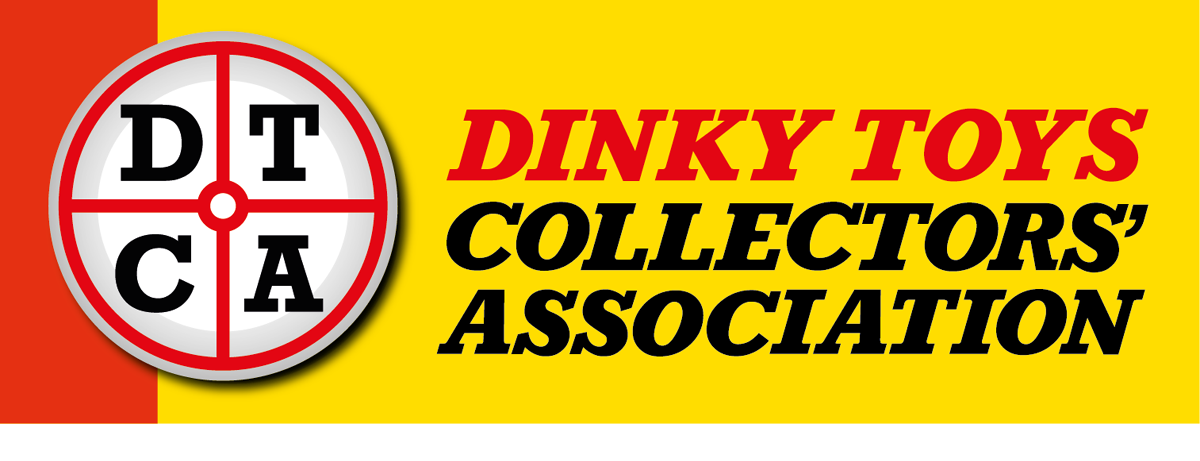

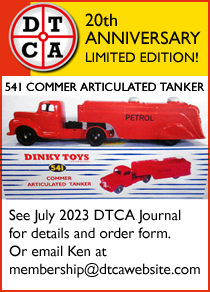









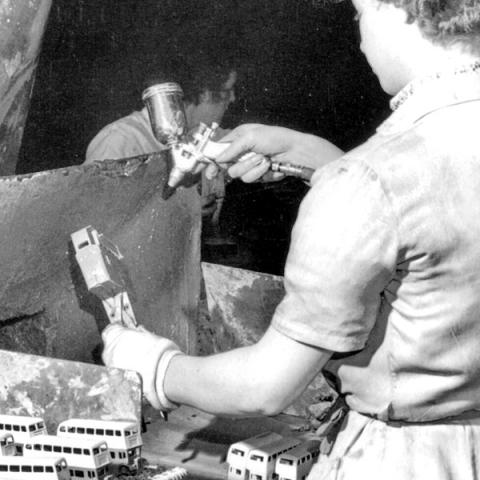
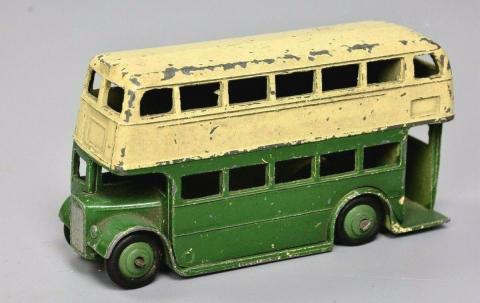


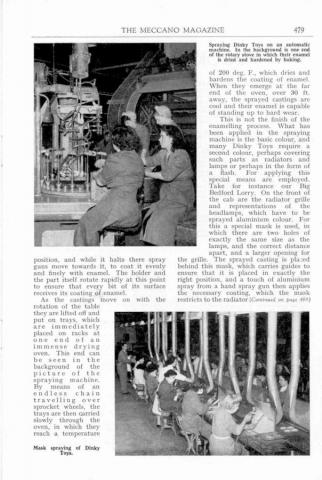



-914 AEC Articulated Lorry (1965-70)
-163 Bristol 450 Sports Coupé (1956-60)
-163 Bristol 450 Sports Coupé (1956-60)
-914 AEC Articulated Lorry (1965-70)
DTCAwebsite upgrade 2023
DTCAwebsite upgrade 2023
DTCAwebsite upgrade 2023
DTCAwebsite upgrade 2023
DTCAwebsite upgrade 2023
DTCAwebsite upgrade 2023
-508 DAF
--14c and 401Coventry Climax Fork Lift Truck (1949-64)
FRENCH DINKY TALBOT LAGO
-Boxes General Discussions including end flaps, both British and French
--14c and 401Coventry Climax Fork Lift Truck (1949-64)
--14c and 401Coventry Climax Fork Lift Truck (1949-64)
-508 DAF
DTCAwebsite upgrade 2023
DTCAwebsite upgrade 2023
DTCAwebsite upgrade 2023
DTCAwebsite upgrade 2023
DTCAwebsite upgrade 2023
-508 DAF
-508 DAF
-508 DAF
New arrivals
New arrivals
DTCAwebsite upgrade 2023
DTCAwebsite upgrade 2023
ORIGINAL MECCANO DINKY TOYS FACTORY BOX ART 175 HILLMAN MINX SALOON + DRAWING
--29c and 290 Double Decker Bus (1938-63)
DTCAwebsite upgrade 2023
DTCAwebsite upgrade 2023
DTCAwebsite upgrade 2023
DTCAwebsite upgrade 2023